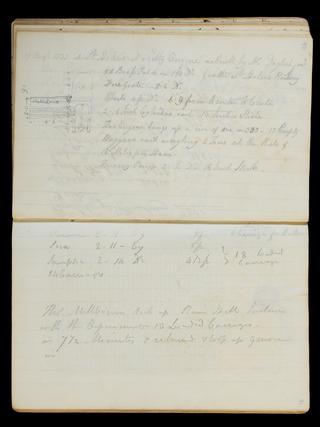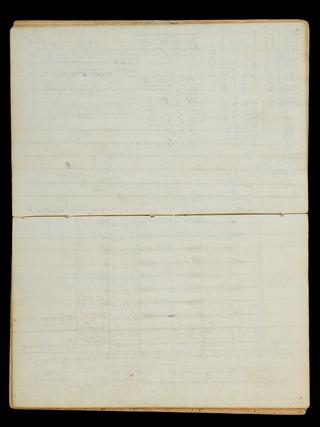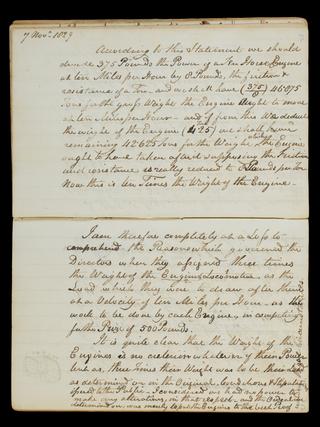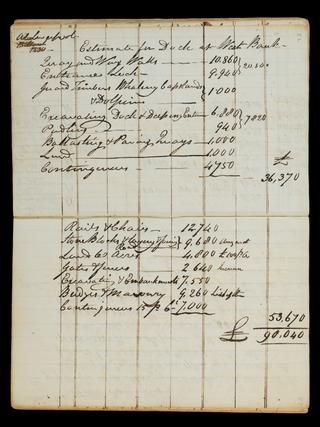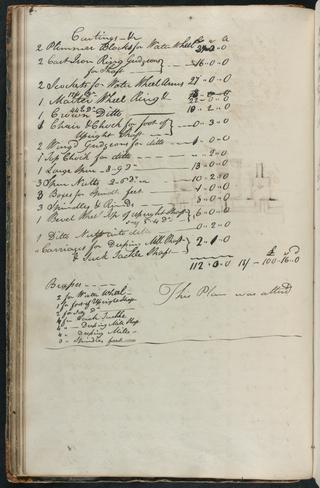
Rastrick, John Urpeth 1780 - 1856
- Nationality:
- English
John Urpeth Rastrick (1780–1856), civil engineer, was born at Morpeth, Northumberland, on 26 January 1780, the eldest son of John Rastrick, engineer, mill wright, and pump and patent churn maker. He gained experience as apprentice to his father and working at Ketley ironworks, Shropshire. In 1805 He joined a partnership with John Hazeldine of Bridgnorth, to establish a mechanical engineering business. Rastrick assisted in the construction of the locomotive 'Catch me who Can' for Richard Trevithick in 1808 and in 1814 he took out a patent for a steam engine. In 1817 Rastrick became the managing partner in the firm of Bradley, Foster, Rastrick & Co., ironfounders and manufacturers of machinery at Stourbridge, Worcestershire. He designed ironworks at Chillington, near Wolverhampton, and at Shut End, near Stourbridge
In January 1825 Rastrick was engaged by the promoters of the Liverpool and Manchester Railway, along with George Stephenson and others, to visit collieries in the north of England, and report on their tramroads, and engines both locomotive and stationary. In the following April he was the first witness called before the parliamentary committee in support of the railway company, which was opposed by the canal companies. From that time onwards Rastrick was employed to support, in parliament, a large portion of the principal railway lines in the United Kingdom. In 1826 and 1827 he constructed a line about 16 miles long between Stratford upon Avon and Moreton in Marsh, the first line laid with Birkenshaw's patent wrought-iron rails. On 2 June 1829 he completed and opened the Shutt End Colliery Railway from Kingswinford to the Staffordshire and Worcestershire Canal, working it with a locomotive engine built under his own superintendence.
In November 1828 the Liverpool and Manchester directors commissioned Rastrick and his fellow engineer, James Walker of Limehouse, to assess the respective merits and capabilities of ‘Fixed Engines and Locomotive Engines’. Their recommendations, submitted to the Liverpool and Manchester directors on 9 March 1829, proved to be inconclusive, both in respect of cost and efficiency. The directors decided to offer a premium of £500 ‘for a Locomotive Engine, which shall be a decided improvement on those now in use, as respects the consumption of smoke, increased speed, adequate power, and moderate weight’. The resulting Rainhill trials were held early in October 1829. Rastrick was appointed as one of the judges, and on 6 October he and his colleagues decided in favour of George Stephenson's Rocket
In 1830 Rastrick worked with Stephenson in surveying the line from Birmingham to join the Liverpool and Manchester Railway, afterwards called the Grand Junction. He also marked out a line from Manchester to Crewe, thereby paving the way for the Manchester and Cheshire Junction Railway project, which was brought forward in 1835, with Rastrick as the engineer. With Sir John Rennie, in 1837, Rastrick carried the direct Brighton line against several competing projects.
Rastrick was a member of the Institution of Civil Engineers from 1827, and a fellow of the Royal Society from 1837. He retired from active work in 1847, and died at his residence, Sayes Court, near Chertsey, Surrey, on 1 November 1856.


